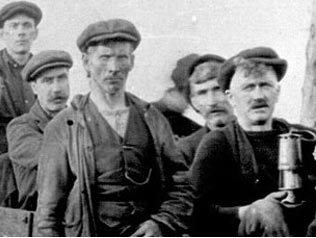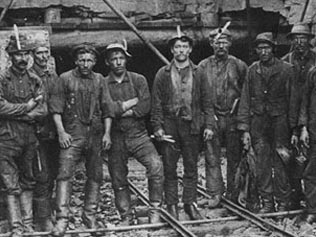Immigration
With the boom in coal and steel development and the investment of large amounts of capital into these island resources, small villages in Cape Breton grew into bustling industrial towns.
In 1901, Sydney ranked 28th and Glace Bay 46th in relation to other population centres in Canada. Just ten years later, Glace Bay ranked 22nd as its immigrant population settled into family life. Children of immigrant families were born here with over 79% of the residents of Glace Bay and 69% of residents in Sydney Mines Canadian born. These immigrants were among those who would profoundly affect the social nature of Canada.
In 1911, if a person in Cape Breton was not born in Nova Scotia, then they were most likely from Newfoundland, Scotland, Russia or Italy. By 1921, data indicates that the ethnic origin of Cape Bretoners was mainly Scottish, followed by English, Irish and then Acadian or French. There were smaller numbers of Jewish, Austro-Hungarian, Belgian, Polish and Black citizens.
Before the 20th century, coal mining was still fairly small-scale and inefficient. Even the General Mining Association (G.M.A.), which held a 30-year monopoly on the industry (1827-1857), hampered the development of the mines to their full potential.
Still, coal was one of the chief necessities for the development of modern industry. Coal mining and its related industries, in addition to the construction of a Sydney Steel Pant, were catalysts in the development of the Island’s culture and increase in population.
As industry became more organized with the formation of the Dominion Coal Company (1893) and the Dominion Iron and Steel Corporation (1909), there was a parallel wave of immigration and growth in the area.
Throughout the first three quarters of the 19th century, coal was a seasonal industry drawing men from Newfoundland and rural Cape Breton in the spring, only to return home in winter. As early as 1820, the General Mining Association imported experienced colliers from Scotland and Ireland.


